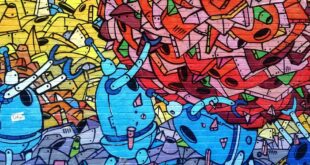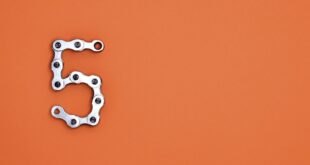The Explosion of Digital Art
Gone are the days when art had to be created purely on canvas or paper. With digital art, we now have a new canvas – the computer screen. Artists are now empowered with advanced technology that unlocks limitless possibilities for experimentation, digital manipulation, and creation. The result is a new type of art, unique and groundbreaking, but still rooted in the traditional principles of art-making techniques.
The Power of the Pixel
Pixels are essential building blocks of digital art, and they can be manipulated in numerous ways to create beautiful and breathtaking artworks. Whether artists are using Photoshop or Illustrator, the control available over the placement, size, and color of individual pixels is something that traditional art mediums can only aspire to. No longer confined by paper or canvas size limitations, digital artists have the ability to create beautiful and complex works of photographic and visual wizardry.
Tools and Techniques
Digital artists prefer specific tools and technique that bring dreamy, haunting representations to the digital forefront. Many artists use software that blur lines once separating photo and digital techniques. Physical tools are also essential to some digital artists who produce tangible art items using laser etching or pen plotters. Almost 17% of the digital artist worldwide prefer tablets with a stylus over computers when it comes to drawing, from writing complex calligraphy to creating soft brush strokes.
Impact and Future of Digital Art
The creation of digital art emerged in the creative world during the 1980s as an innovative tool for professionals to produce cost-effective plans and designs. Digital art developments continued to grow for technical illustrations, branding, marketing, and creative tasks. For many people, digital art now forms a critical component of media design, and with each update in technology, promise endless discoveries for all art enthusiasts. Regardless of any disagreements about what the future of digital art may hold, it’s hard to imagine a less revolutionary time than now. We can certainly anticipate these individual creators exploring limitless horizons to sharpen their skills and discover intricate ways of artistic pursuits.
From Pixels to Paint: The Art of Digital – Conclusion
The art industry evolves on a daily basis as advances emerge, ideas burst boundaries and traditional art skills merge together to form what we ordinarily agree to call ‘digital art.’ Digital art creation goes on advocating new evolutions with a broader range of physical media and digital raster image editing and vector graphic software. Leading digital art galleries and Museum shows simultaneously have saved digital art a prestige comparable to conventional styles, and the scope for limitless potential will carry artists linked disowned impressionas exceptional creators, discovering exciting possibilities every step of their journey moving from Pixels to Paint.
 Mind Uncharted Explore. Discover. Learn.
Mind Uncharted Explore. Discover. Learn.




